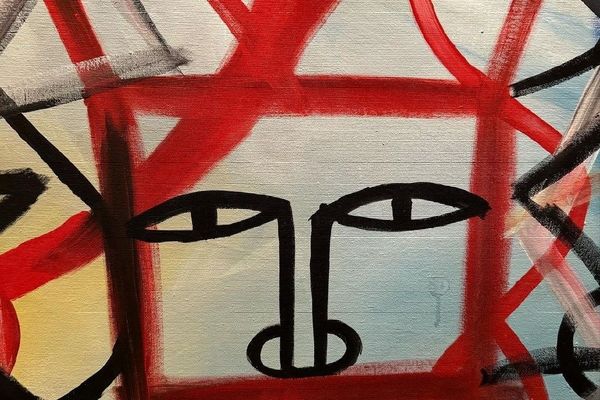Sharjah Art Foundation presents Henok Melkamzer’s solo exhibition at Sharjah Art Museum - photos
ArtDayME: Sharjah Art Foundation, in collaboration with The Africa Institute, Global Studies University (GSU), and Sharjah Museums Authority, presents Henok Melkamzer’s first international solo exhibition of Ethiopian telsem art—his largest presentation to date. Henok Melkamzer: Telsem Symbols and Imagery brings together over 100 works, giving audiences a rare look at a distinctive, highly intricate form of art. The exhibition is on view at Sharjah Art Museum until 16 June 2024.
Engaging with astrology, religion and spirituality, telsem art interweaves symbols, drawings and texts imbued with spiritual and philosophical significance. Although it was originally deployed to heal personal ailments, it has been shaped over centuries into its current manifestation by the sociopolitical and cultural histories of Ethiopia. Henok’s telsem practice expands the use of the form, combining ancient inspirations and modern idioms to contemplate and unravel the complex ailments of the contemporary world, including climate disasters, war and poverty.
Henok Melkamzer: Telsem Symbols and Imagery offers unprecedented insight into telsem art through the work of one of its most prolific contemporary practitioners. A commissioned artist in the second Lahore Biennial and a participant in The Africa Institute (GSU)'s 2019 conference Ethiopia: Modern Nation – Ancient Roots, Henok has attained international acclaim for his work as a proponent of telsem and an advocate for his cultural heritage. Based in Addis Ababa at a studio on Mount Entoto, Henok maintains a strong interest in preserving telsem within his community, having himself learned the intricacies of the practice from his father and grandfather, who were telsem healers.
This exhibition debuts a wide array of new paintings on canvas, made using traditional natural pigments as well as the more unconventional acrylic, one of Henok’s modernised adaptations of the form. The highly decorative and visually complex works, filled with dense, multicoloured patterns of vines, symbols, words and numbers, demonstrate the beauty and vitality of telsem today.
‘Despite its aesthetic appeal and the fact that it continues to be practiced today, telsem is often characterised within western frameworks as an archaic healing or talismanic art, a perspective that excludes it from many discussions of modernism,’ said exhibition curator Elizabeth Giorgis, Associate Professor of Art History, Theory and Criticism at The Africa Institute (GSU) Sharjah. ‘By introducing audiences to the stunning work of Henok Melkamzer—a modern-day master of telsem—we aim to offer a more contemporary, nuanced view of this incredibly rich art form, placing it in the global conversations within which it belongs.’




















LEAVE A RELPY